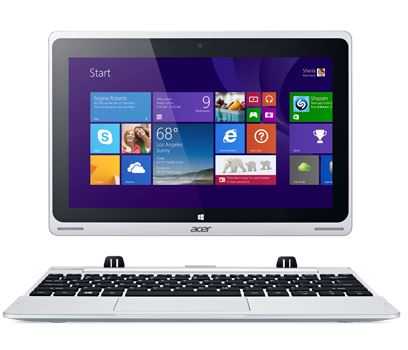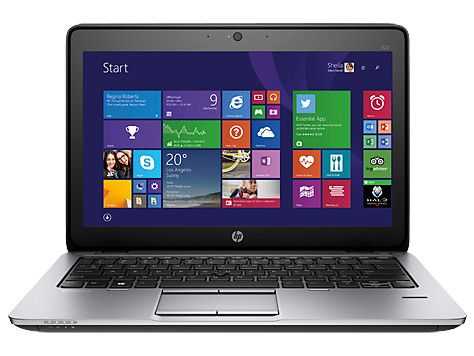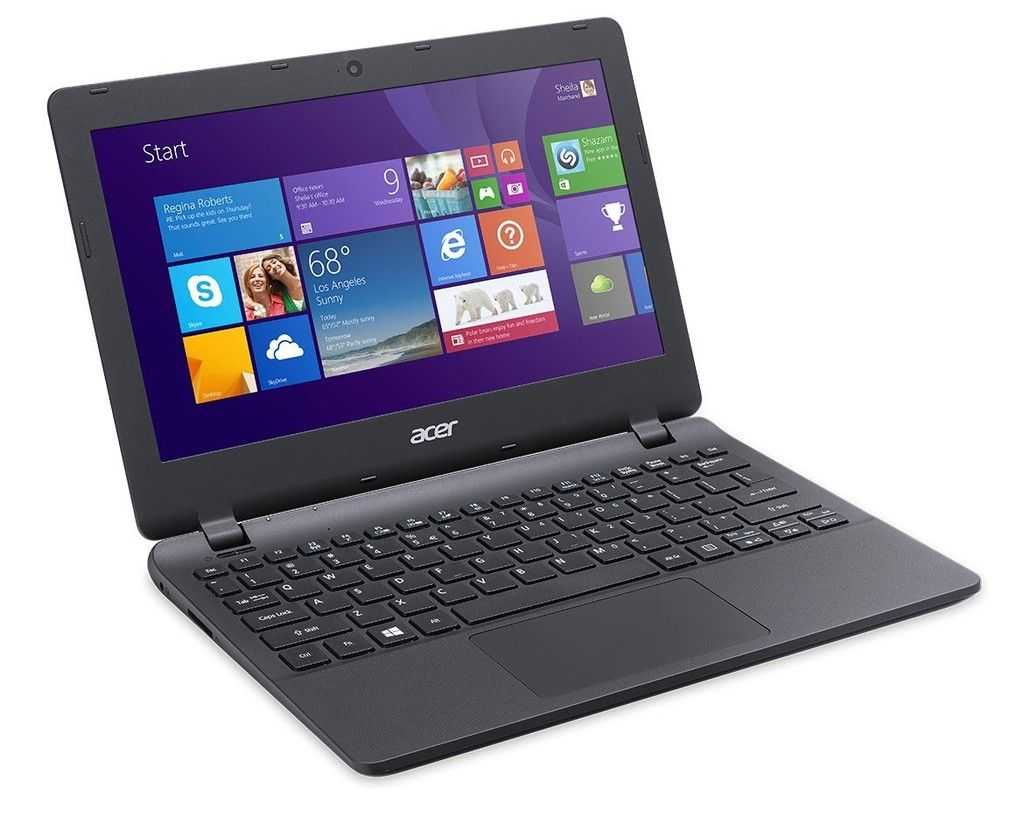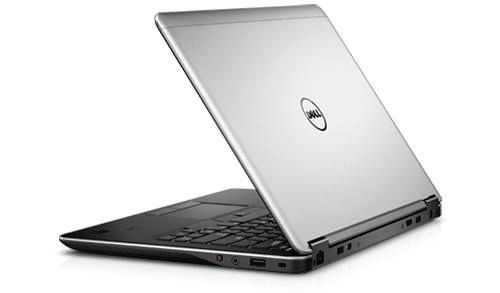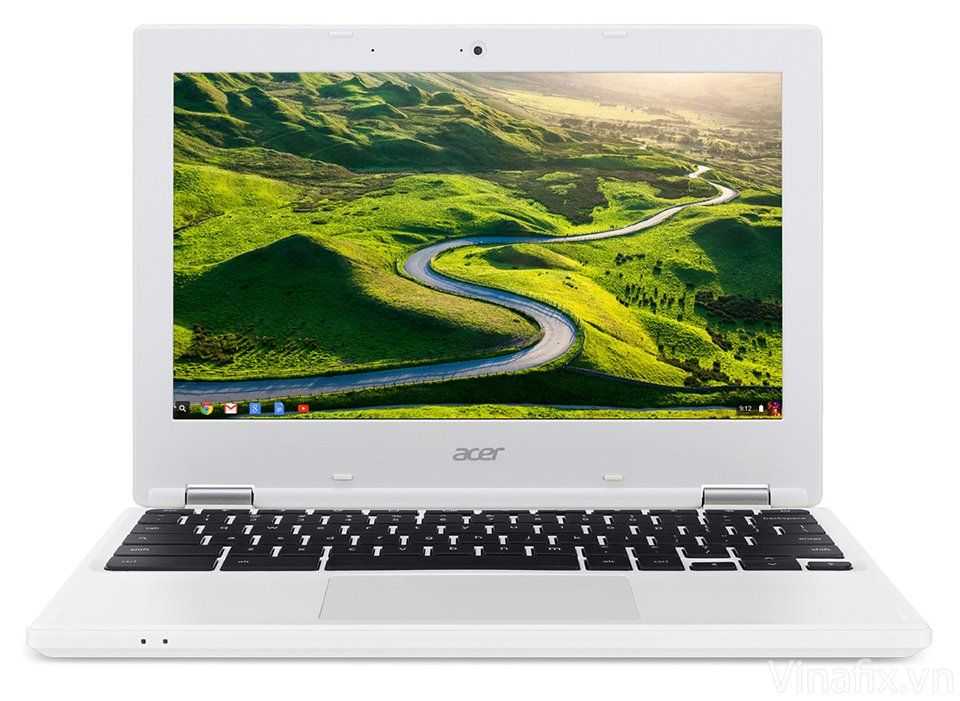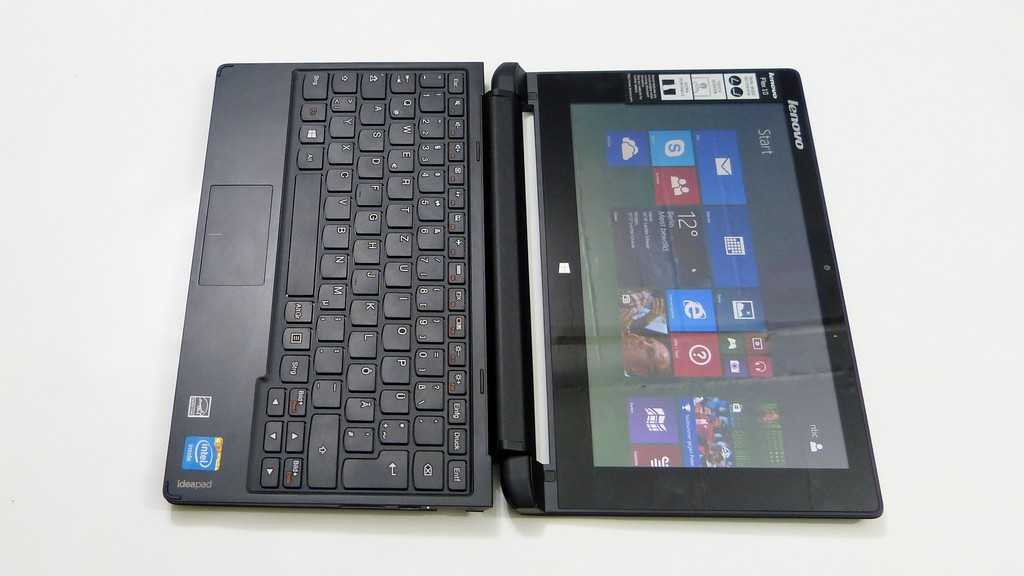
Posted on 16 September 2008
 WVGA, even at this 3.5″ screen size, requires zooming to click links with a finger (as it does on the Nokia tablet devices,) there’s no mention of the browser so if it’s not Opera Mobile 9.5 then it falls flat on its face, its going to be extremely expensive and with the single-core ARM11-based CPU it won’t be noticeably faster than a Nokia N800 which, in my opinion, is way too slow to use for any serious Internet work.
WVGA, even at this 3.5″ screen size, requires zooming to click links with a finger (as it does on the Nokia tablet devices,) there’s no mention of the browser so if it’s not Opera Mobile 9.5 then it falls flat on its face, its going to be extremely expensive and with the single-core ARM11-based CPU it won’t be noticeably faster than a Nokia N800 which, in my opinion, is way too slow to use for any serious Internet work.
The HD Touch Pro looks very nice and will satisfy many people but it really is a styling exercise that won’t reach the standards that many of us need in our mobile Internet experience. Windows 6.1 core won’t impress anyone expecting a fluid interface to run through the whole system as it does on the iPhone either. The screen will look impressive but experience tells me that 800×480 on such a small screen doesn’t work well for Internet use or even for videos so you might as well take a cheaper, smaller VGA device and use Opera Mini for quick Internet bites and a larger mid for more serious internet and video experiences.
[FIE = Full Internet Experience. Our definition of productivity/professional-level Internet requirements]
Thanks to Vakeros for prompting me to take a closer look at the HTC Touch HD. HTC Press release here.

Posted on 27 August 2008
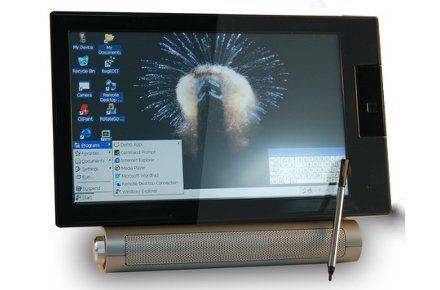 The device was apparently first announced at Computex. I don’t recall reading any news on it but it did make me laugh. Just look at the headline:
The device was apparently first announced at Computex. I don’t recall reading any news on it but it did make me laugh. Just look at the headline:
Albatron’s “Tee PC inch is all that you need with not an inch to spare
As the article on HotHardware.com mentions, it comes out of the box with Windows CE 6.0 and everything you need preloaded: WordPad, MediaPlayer and Internet Explorer…right. The device has both WiFi and Bluetooth, weighs 343 grams, has a 400Mhz ARM926 processor, 128 MB of RAM and 128MB of flash memory. On the device itself there is an SD card slot, a camera, and a headphone jack while the included docking station has two USB ports, built in speakers and line in/out. Assuming you can get a good time-telling application, it would make for a decent bedside alarm clock ;)
Quick Update: The dimensions are 18.8×11.3x 1.3 cm, and the screen is 7 inches.
Source: HotHardware.com

Posted on 21 July 2008

[This is the second in a series of 3 articles. See previous article here.]
After more than 6 hours of learning, playing and testing on various devices, I’ve come to a decision about Opera 9.5. Beta. It’s technically a great browser with a very good user interface. Unfortunately though, there’s a core problem out there that’s out of Opera’s hands. Hardware. Opera does a good job but limited processing power and small screen sizes and resolutions hold it back from presenting a full Internet experience.
In this review (video below) I’ll be looking at Opera Mobile 9.5 Beta on the iPaq 214 (see previous article for information on the iPaq 214) from a mobile computing perspective. I’ll be comparing the browser to what I’ve seen on MIDs and on Ultra Mobile PCs. In effect, I’m comparing it to the desktop. Not fair you say? I think it is. Mobile devices are now capable of running desktop software and full desktop browsers at impressive speeds. For many, the slower, although cheaper, mobile Internet experience offered by many consumer devices is probably good enough but if you rely on your browser for more than just browsing, you’ll want the fastest and most accurate mobile browsing platform you can find. In the near future, consumers are going to be more demanding of their mobile browsers too. Unfortunately, as I write this, there are very few Windows Mobile devices out there that have the screen-size and processing throughput, from network to rendering, that are able to offer users the chance to experience modern web pages, AJAX applications and to come anywhere near to a desktop-standard browsing speed. Opera 9.5 doesn’t appear to be any more efficient than it’s predecessor either. It has some other issues too issues which i’ll highlight here but please note that this is Beta software. While we are unlikely to see any more features (apart from the ones listed as disabled in the beta here), there could still be bug fixes and optimizations to sort out.
Read the full story

Posted on 14 July 2008
The software that could resurrect Windows Mobile devices as acceptable Internet browsing tools is delayed. Or at least the beta is delayed.
Apparently there’s a few bugs they want to iron out before they release the s/w so you won’t be able to download it until Thursday. Its OK by me as the 624Mhz, 4" VGA iPaq 214 that I was going to borrow to test it out hasn’t turned up yet.
Via The Unwired.

Posted on 01 July 2008
Thanks to everyone that replied to my cry for help on mobile operating systems. I’m trying to take a developers view on the mobile platform market and work out why a developer might choose a particular OS or platform. Coming from an X86 world myself, I find it difficult to understand how Moblin, one of the first X86-only mobile operating systems, might fit into the big, carrier-influenced, ARM-focused, 100million-device-per-year world of converged mobile devices.
Since my article, Nokia announced that Symbian and related projects will be pooled and gradually turned into open-source operation. This article at GigaOm has some good thoughts. Given that they have 65% of the global market it’s obviously a significant move and I’ll be watching closely to see what happens. In the meantime, here’s a list I created of the choices that are in the market. The top 4 basically take the whole of the 100million+ per year smartphone market with LiMo carrying most of the rest. The most shocking thing is the list of Linux options. What on earth are they thinking? Open Source Linux appears to translate to a lack of focus and if I was a commercial development house right now i’d be looking to the top 4. LiMo appears to have some traction with good carrier support and penetration. Android on OHA has a lot of backing and media attention and Moblin has a number of distribution deals although at the moment, these are non-voice netbook distribution deals. It remains to be seen if the X86-focused Intel can stimulate smaller-screen distribution and make the conversion to being a voice platform when their smartphone-focused Morestown cpu comes into play in 2010.
So here’s the list of platforms, systems and methods i’ve put together. i’f i’ve missed one, please let me know!
Top 4 – 95% penetration of mobile device (*1) market.
- Symbian (65%)
- Windows Mobile (13%)
- Blackberry (10%)
- iPhone/ OS-x (7%)
Linux flavours
- LiMo (now includes LiPS)
- Android – OHA
- Moblin – Linux+Gnome+Hildon
- Meamo – Nokia. Linux+Gnome (GtK+, Gstreamer, Matchbox, Hildon)
- Mobilinux – MontaVista Linux
- Acces Linux Platform (LiMo compliant?)
- OpenMoko – Linux+Gnome
- TuxPhone
- Qtopia
Others
High-level languages, kits and methods:
- Ajax
- j2me
- Adobe air
- Silverlight
- Flash
- Flex
(*1) % Figures from Canalys

Posted on 04 June 2008
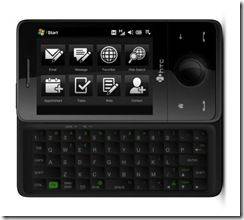 Fans of total mobile device convergence might want to check this out as it looks like an interesting alternative to the Sony Ericsson Xperia X1 that Kornel tested out a while back.
Fans of total mobile device convergence might want to check this out as it looks like an interesting alternative to the Sony Ericsson Xperia X1 that Kornel tested out a while back.
VGA touchscreen, keyboard, HSDPA, 3.2MP CAM, rotation sensor and GPS running on a Qualcomm MSM 7201A @ 528MHz (ARM11+ARM9) platform running Windows Mobile 6.1. Available in Europe, late summer and in North America after that.
With a little Opera 9.5 love this could keep a lot of people happy for a very long time! I think we should drop it into the database as an alternative solution don’t you?
More info at Engadget and TheUnwired.

Posted on 28 May 2008
I don’t see encouraging information coming from the Window 7 chit-chat at All things Digital. I was hoping for hints of a slimmer system, a componentised architecture perhaps, ‘mobile Internet’ and ‘handheld’ keywords but all I can see is the word ‘Multitouch’ everywhere this morning. New hardware requirements, a complex software layer. Gates says:
There’s a lot in Windows 7, and our goal is to produce fantastic PCs with our hardware partners.
Windows 7 is not the optimised platform we are looking for in handheld land. I guess there are plenty of other options to look forward too though. I hear that the Moblin-based Ubuntu Mobile distribution for Atom and Stealey hardware (not Ubuntu Remix for netbooks – that’s something else that’s quite interesting.) is just about to move into Release Candidate status so I’m far more interested in that right now.
 WVGA, even at this 3.5″ screen size, requires zooming to click links with a finger (as it does on the Nokia tablet devices,) there’s no mention of the browser so if it’s not Opera Mobile 9.5 then it falls flat on its face, its going to be extremely expensive and with the single-core ARM11-based CPU it won’t be noticeably faster than a Nokia N800 which, in my opinion, is way too slow to use for any serious Internet work.
WVGA, even at this 3.5″ screen size, requires zooming to click links with a finger (as it does on the Nokia tablet devices,) there’s no mention of the browser so if it’s not Opera Mobile 9.5 then it falls flat on its face, its going to be extremely expensive and with the single-core ARM11-based CPU it won’t be noticeably faster than a Nokia N800 which, in my opinion, is way too slow to use for any serious Internet work.

 The device was apparently first announced at Computex. I don’t recall reading any news on it but it did make me laugh. Just look at the headline:
The device was apparently first announced at Computex. I don’t recall reading any news on it but it did make me laugh. Just look at the headline:

 Fans
Fans


